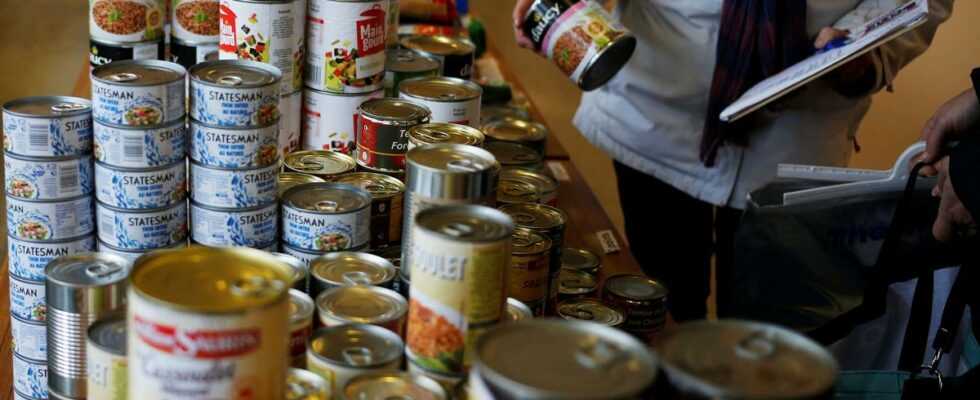Economic, energy and geopolitical disruptions around the steel and aluminum market are at the heart of price increases around canned food.
Is it conceivable to think that your canned peas or your canned cassoulet are intimately linked to global circumstances? However, the rise in can prices, observed for a few weeks now, is fully at the heart of this process. So what is happening around this flagship product of French food consumption?
86% of French people consume canned vegetables
Invented in 1810 by the confectioner Nicolas Appert, the can is “the essentialof French consumers. According to a survey carried out by CSA / Unilet in January 2021, 86% of French people consume canned vegetables rises to 86%. Between September 2019 and September 2020, households also bought, on average, 25.6 cans of 850 ml, which corresponds to an increase of 6.8% in one year. As for fish, 93.5% of French people would buy canned tuna or sardines every year. Thus, with regard to all of these figures, the popularity of tin cans shows that the rise in their price constitutes a particularly important food and financial issue for all households. “Personally, I buy at least two or three cans a weekexplains Sandrine, a client met in a store in the 9th arrondissement of Paris. “But since a few weeks, I find that their price increases sharply“.
Read alsoInflation will continue to rise in France in 2022
Sandrine’s impression is totally justified, given that canned vegetables have gained 4% in just a few weeks and 30% on average for canned vegetables in general. However, cans did not wait until 2022 to see their prices rise sharply. And inflation is not the only culprit.
A historic rise in the price of raw materials
Who says tin can necessarily says steel and aluminum. The markets governing the two main components of this metal container have been experiencing particularly significant disruptions for more than two years now. The ton of aluminum thus went from 1688 dollars in February 2020 to 3498.37 dollars in March 2022. For its part, steel went, over the same period, from 585 dollars per ton ($/T) to 1541 $/T. Why ? The rise in energy prices has forced some industrial units to reduce their production levels, given that energy expenditure represents 10% of all production costs for professionals in the sector, according to the Union of Energy User Industries. electricity (Uniden).
Read alsoSteel industry: ArcelorMittal suspends all steel production in Ukraine
On the demand side, the strong post-Covid global economic recovery has, conversely, increased the need for metals. However, “with the health crisis, many blast furnaces shut down in a few weeks, but it took even longer to restart them when demand soaredexplains Lionel Lavorel, Sales Manager of the Périgourdine Metal Packaging Company (SPEM). A gap between a limited supply and a demand which increased by 6% in 2021 according to the Wordstell World Steel Association. The tin can therefore found itself at the heart of these two contrary movements, thus participating directly in the increase in its prices.
Read alsoAluminum: Russian Rusal hit hard by sanctions
Subsequently, the War in Ukraine passed through there. While the price of aluminum had increased by 5.56% between July and November 2021, it rose by 32.69% between November 2021 and March 2022 due to geopolitical tensions linked to the conflict. Moreover, 80% of the alumina used in France to produce aluminum comes from Russia, the Western sanctions taken against this country could hinder the levels of alumina exports to France. With the risk of seeing can prices rise again…” Steel and aluminum represent a third and a half of the cost price. I have to raise my prices», indicates Jérôme Foucault, chairman of the board of the Association of Processed Food Products Companies (Adepale France), at the microphone of TF1. “For me, the War in Ukraine proves above all that Europe and France have given up on their steel, blast furnaces and iron and steel industries.laments Lionel Lavorel. For comparison, the Mariupol Azovstal plant [détruite lors d’un assaut russe du 20 mars dernier] produced, in 2018, 6.2 million tonnes of steel, i.e. 40.3% of French production in a single plant.
“In any case, we have structurally entered an era of expensive steel, especially as societal and environmental standards, which are necessary, will be reinforced.he concludes. What to expect, in the long term, to see the price of our preserves continue to increase in the supermarket…
